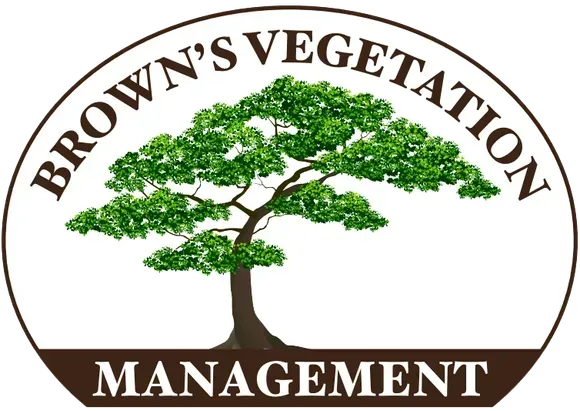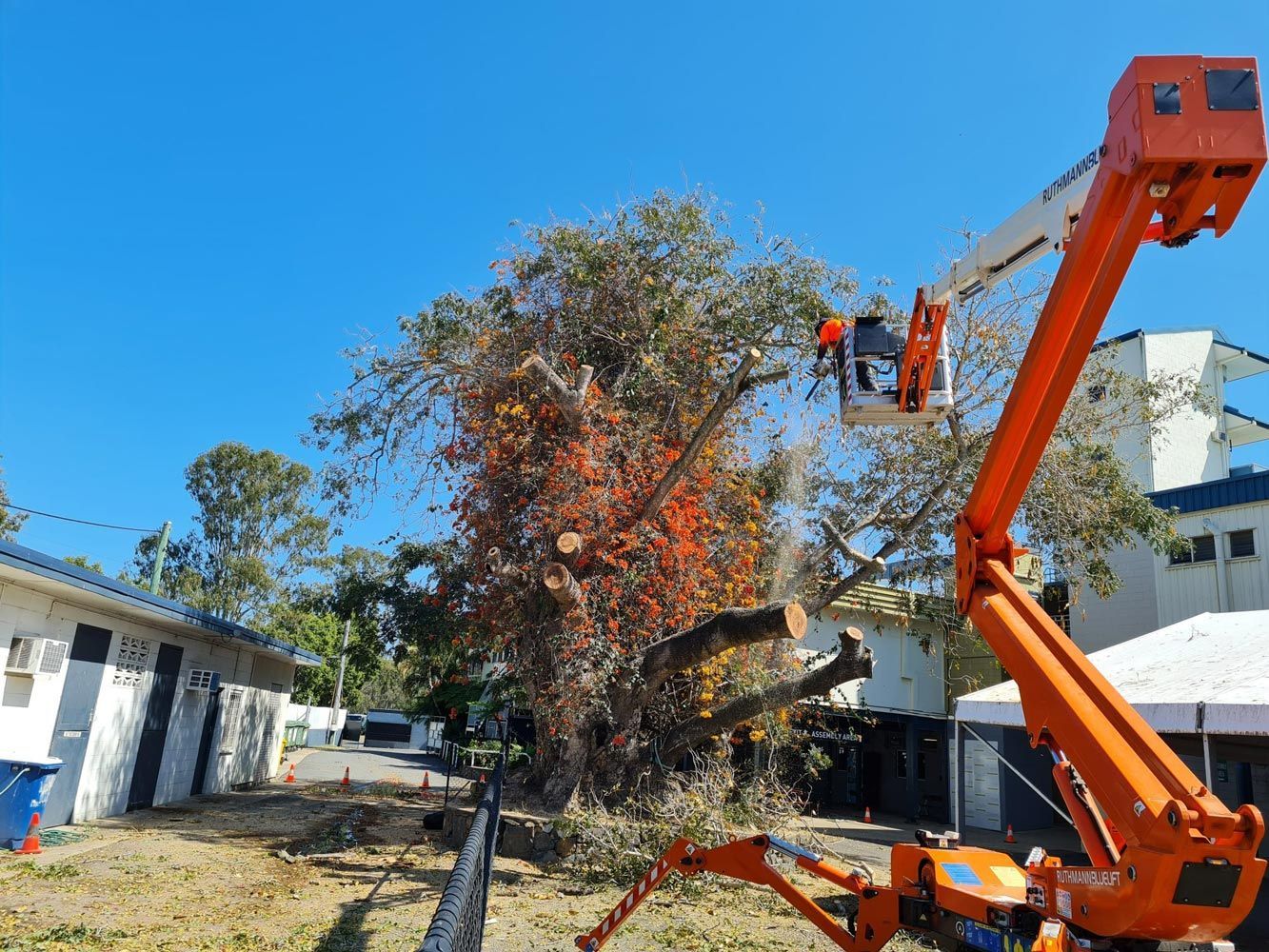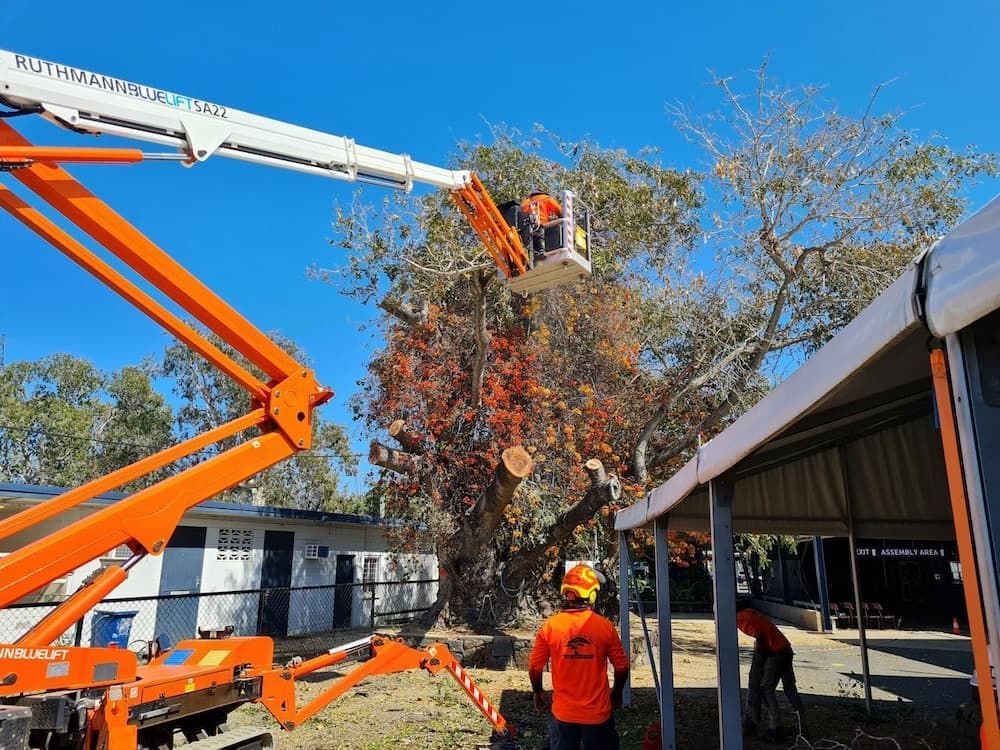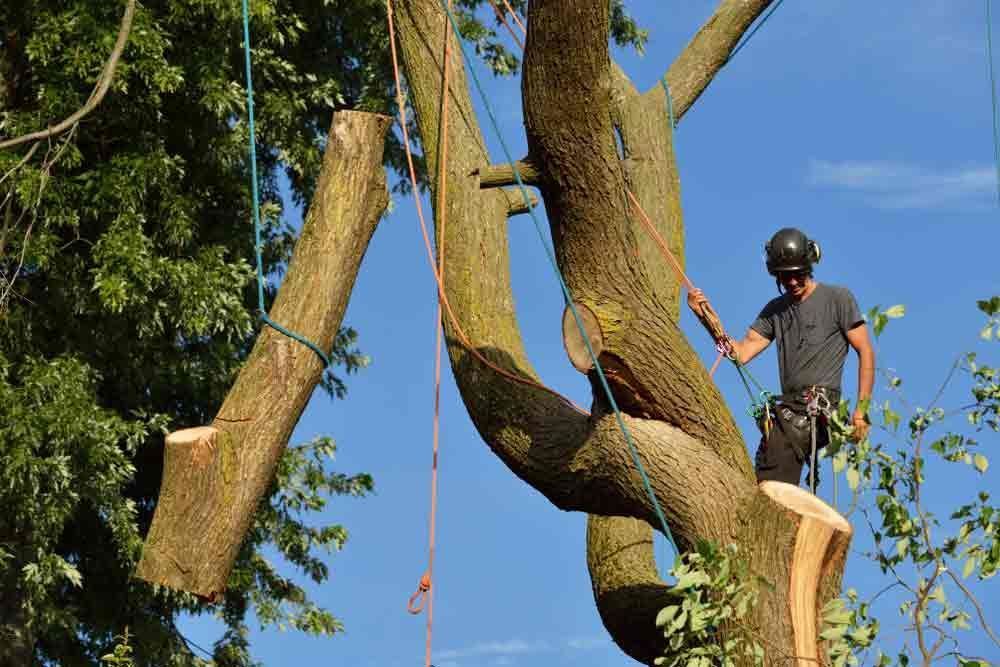Exploring Vegetation Management's Utility Sector Impact
Have you ever been caught off-guard by an unexpected power outage? If so, the culprit might be overgrown vegetation around utility lines. This highlights the critical role of vegetation management in maintaining our utility infrastructure. It involves regulating the growth of trees and bushes to ensure our essential services run smoothly, safely, and without any interruptions. In this blog, we’ll explore the importance of vegetation management in the utilities sector, offering insights to help you understand and appreciate its value.
The Indispensable Role Of Maintaining Clearances In Infrastructure Safety
Maintaining clearances around utility infrastructure is a critical component of ensuring public safety and the reliable delivery of services.
Safety Hazards and Risk Reduction
Proper clearances reduce the risk of electrical hazards, fires and other safety concerns. By managing vegetation proactively, we mitigate potential threats before they become emergencies.
Reliability of Utilities Services
Maintaining clearances ensures that power lines and other utilities are free from obstructions, leading to fewer service interruptions and a more reliable supply of utilities to consumers.
Compliance with Regulations
Adhering to clearance requirements is about safety and compliance. Regulatory standards are in place to protect the public and the environment, making compliance an essential aspect of effective vegetation management.
Diversified Techniques In Vegetation Control
Effective vegetation control involves various techniques tailored to suit different environments and objectives.
Pruning for Precision
Pruning is a targeted method that carefully removes specific branches or parts of trees to prevent them from interfering with utility lines. This technique is essential for maintaining the tree’s health while ensuring the safety and reliability of power lines.
Herbicides for Efficiency
Using herbicides is common for controlling unwanted vegetation, particularly in difficult-to-reach areas. When applied correctly, herbicides can effectively manage plant growth without harming the surrounding environment or the utility infrastructure.
Mechanical Clearing for Large-Scale Management
For more extensive vegetation issues, mechanical clearing methods such as mowing, mulching and heavy machinery are employed. This approach is effective for quickly clearing large areas, ensuring that utilities are protected from potential damage caused by overgrown vegetation.
Goals Of Vegetation Management
Effective vegetation management aims to achieve several strategic goals, each contributing to the reliability and safety of utility services. Below are the strategic objectives that guide effective vegetation management practices:
- Reduce Outage Frequency : Meticulously managing vegetation around power lines and other infrastructure can significantly lower the chances of outages caused by falling branches or trees.
- Minimise Wildfire Risks : Proper vegetation control helps reduce the fuel for wildfires, thereby mitigating the risk of fires starting or spreading due to contact with utility equipment.
- Ensure Reliability and Longevity of Services : Regular and strategic vegetation management ensures that utilities can provide consistent and reliable services to the community while also extending the lifespan of the infrastructure by preventing damage.
Secure Your Utilities With Expert Vegetation Management
Effective vegetation management is essential for the utilities sector, ensuring safety and reliability and minimising disruptions. At Brown's Vegetation Management, we provide tree removals, maintenance and landscaping, offering comprehensive solutions for vegetation management in Rockhampton. Let’s join hands in implementing sustainable vegetation management practices that will secure our utility services for years. Contact us today to learn how we can work together towards a safer and more reliable future.















